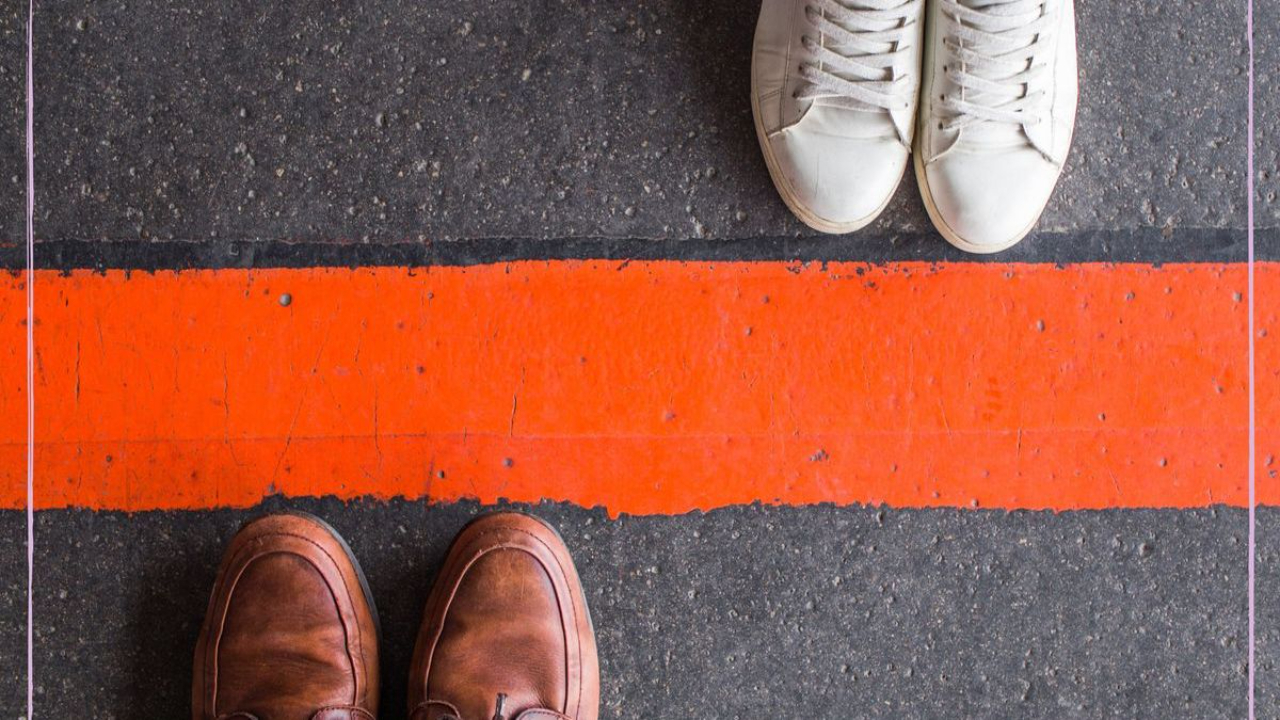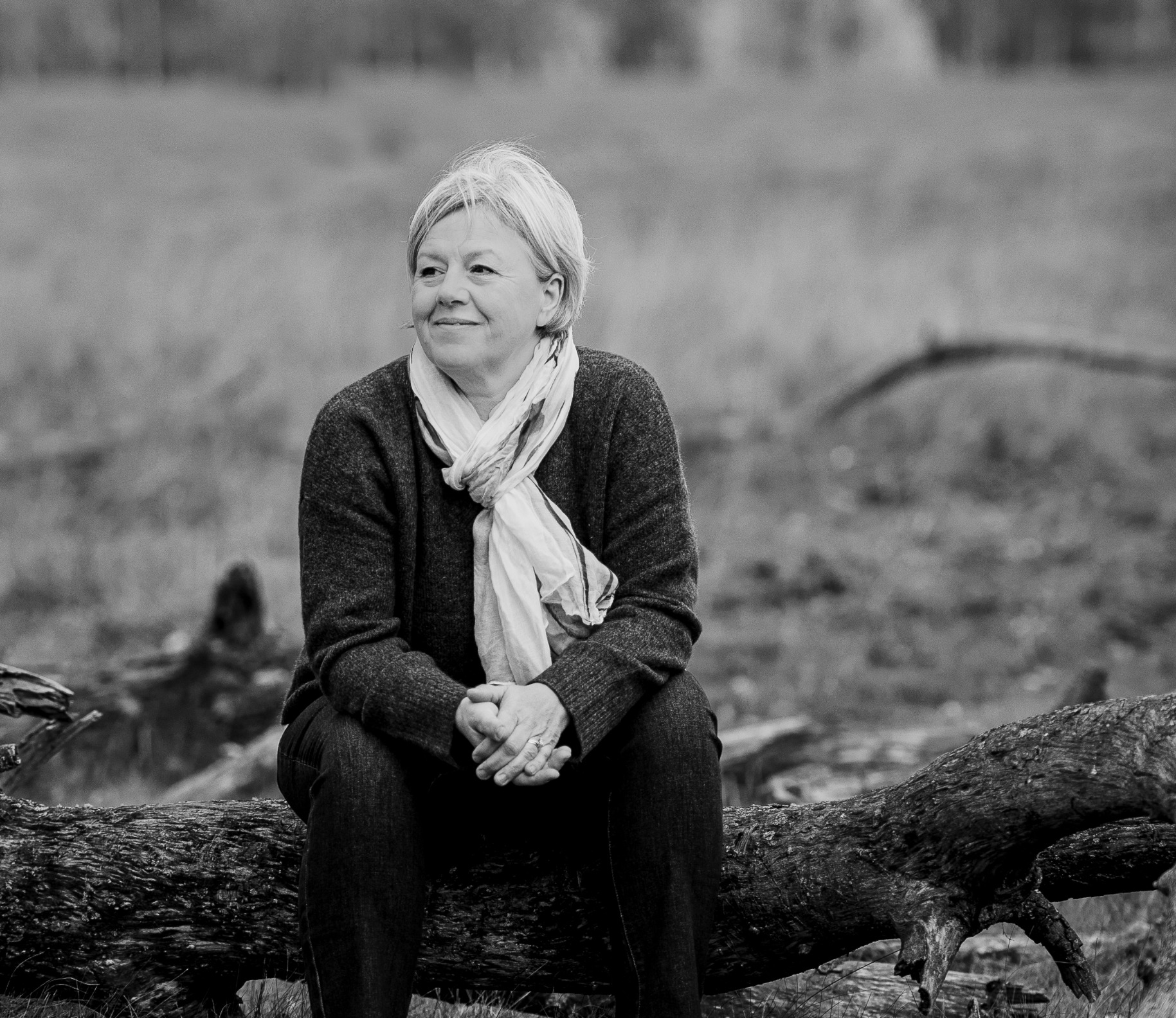The Bricklayer’s Dilemma: Walls vs. Boundaries in Healing
Mar 21, 2025
There’s an old saying: "Good fences make good neighbors." But I think whoever said that never had to rebuild themselves from the rubble of trauma. Because when you’ve been hurt, a fence doesn’t feel like enough. You don’t want a neatly painted picket fence with a charming little gate. You want a fortress. You want bricks, concrete, barbed wire, a moat filled with crocodiles—maybe even a fire-breathing dragon for good measure.
I know this because I spent years perfecting my own fortress. Every wound I carried became another brick. Every betrayal, another layer of mortar. I built my walls high and strong, believing they would keep me safe. No one could hurt me if I never let them in. No one could betray me if I kept my distance. No one could abandon me if I never got too close.
But here’s what no one tells you about walls: they don’t just keep the bad out. They keep everything out. Love, connection, belonging—all the things I desperately wanted but had convinced myself I didn’t need. My fortress became my prison, and I was trapped inside, wondering why I still felt so alone.
The Hard Truth About Walls
Walls are easy to build when you’ve been hurt. Boundaries? Now that’s another story. Boundaries require courage. They require self-trust. They require you to believe that you are worthy of protection—not through isolation, but through intentional choices about who and what you allow into your life.
It took me a long time to understand the difference between the two. Walls are built from fear. Boundaries are built from self-respect. Walls say, “No one is allowed in.” Boundaries say, “Only the right people are.” Walls are rigid, immovable. Boundaries are flexible, shifting to meet the needs of the moment.
For years, I thought shutting people out was the only way to avoid getting hurt again. But healing isn’t about avoiding pain—it’s about learning who is safe enough to let in and how far. It’s about knowing that you deserve connection without self-sacrifice. It’s about understanding that your needs matter and that setting boundaries isn’t rejection—it’s an invitation for healthier, more authentic relationships.
Learning to Build Boundaries Instead of Walls
Healing meant learning to replace my fortress with something different—a home. A place with doors that open for the right people and locks for the ones who have proven they cannot be trusted. It meant realizing that saying no isn’t cruelty—it’s clarity. It meant no longer apologizing for protecting my peace.
At first, it felt unnatural. My old habits whispered, “This is too risky. What if you get hurt again?” But here’s what I’ve learned: healing doesn’t mean never getting hurt again. It means trusting yourself to handle it when you do.
So now, when someone crosses a line, I don’t pick up my bricks. I don’t start stacking them one by one, convinced that I’ll be safer on the other side. Instead, I listen to myself. I hold space for my pain. And then I draw a boundary—not to keep the world out, but to let the right people in. Because at the end of the day, I don’t want to live behind walls. I want to live free.
Anastasia Jorquera-Boschman is a retired teacher, principal and educational consultant who now spends her time holding space as a trauma-Informed Resilience coach.

SUBSCRIBE FOR WEEKLY
Blog Posts to inspire your healing journey
We hate SPAM. We will never sell your information, for any reason.


